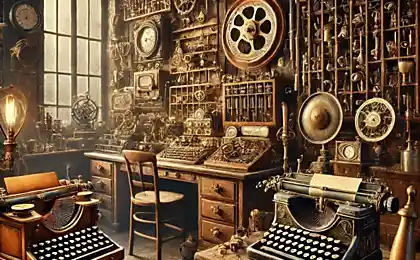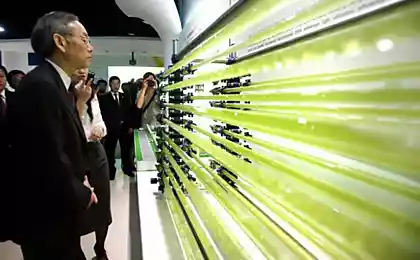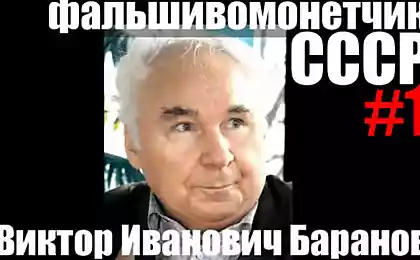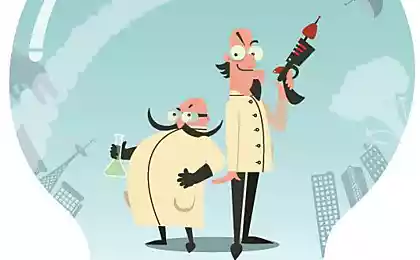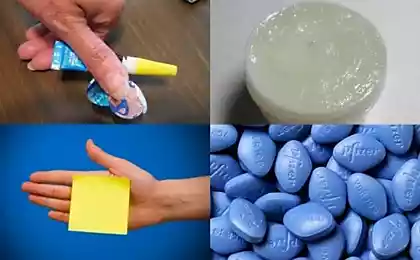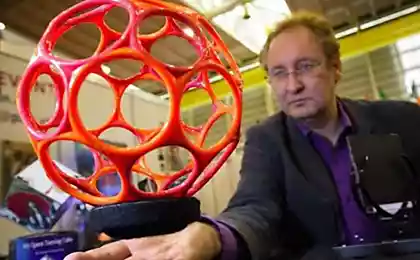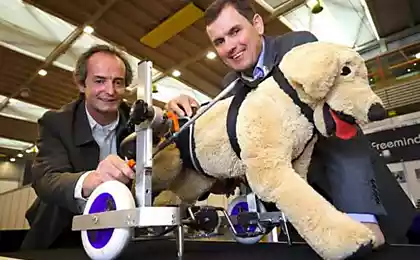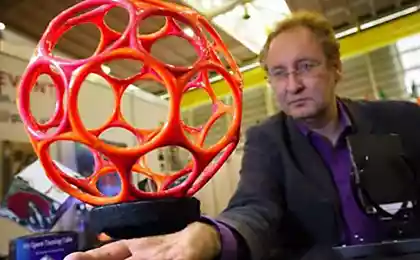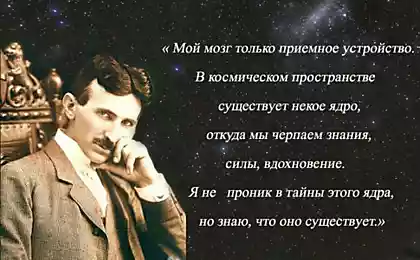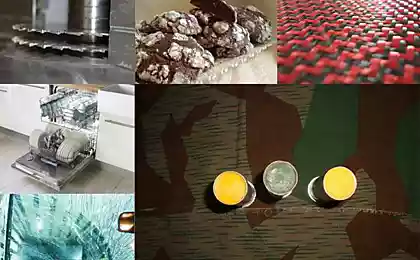1112
10 inventions that have emerged by chance
Thomas Edison said - "Everything comes to him who works and knows how to wait." But progress is not always the goal. Some great ideas come to mind quite by accident. You will find 10 inventions that were created by accident.
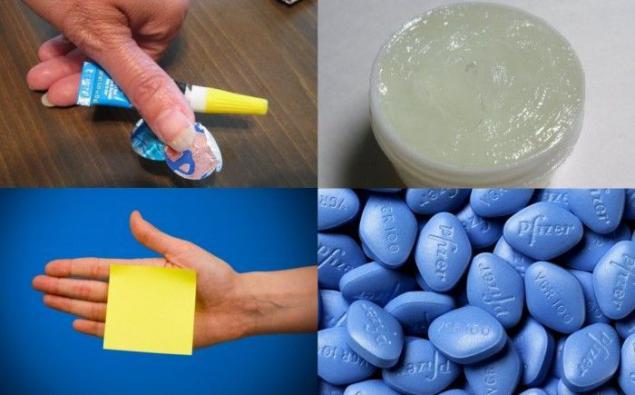
Superglue 1. In 1942 the American physicist Dr. Harry Coover was trying to separate the clear plastic for optical sights portable weapons. During the experiment, he worked with cyanoacrylate, which is tightly glued test materials. But only after 6 years, Dr. Coover realized the full potential of this substance, which does not need any pressure or heat. It was created as superglue. Interesting fact - during the Vietnam War superglue used to arrest bleeding in open wounds. That's how the invention which was to improve the weapons saved many lives.
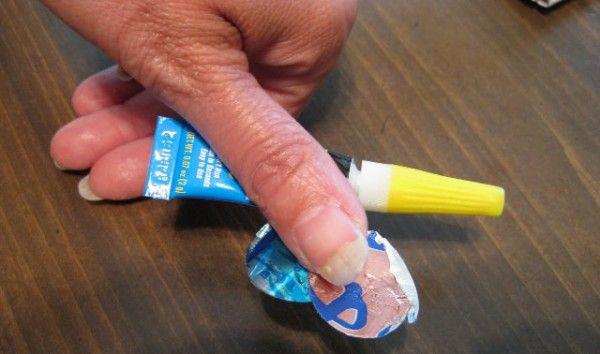
2. Stickers American physicist Spencer Silver invented glue, self-adhesive sheets but notes were created by Arthur Fry. In 1968, Silver was trying to create the perfect glue for paper handling, which could hold the paper on the surface, but not much, to be able to remove the paper without tearing it. In addition, he had to be sticky for repeated use. True to the company where he worked Silver nobody was not interested. Until Arthur Fry did not use adhesive for bonding of bookmarks in the hymnal. It was he who suggested the use of a substance to create a reusable adhesive tabs. So the idea has gained popularity.

3. Inkjet printer, Canon engineer accidentally put a red-hot soldering iron on the handle. And when the ink flowed the idea to create an inkjet printer
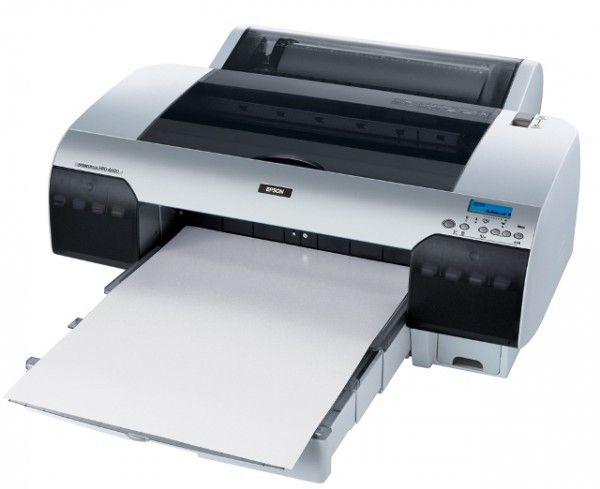
4. Dynamite Dynamite opened Alfred Nobel. When he worked on nitroglycerin, he tried to make it more stable, to avoid accidental explosions. Bottle of substance fell to the floor, where there were many chips. Sawdust gave stability and a small bubble burst. Nobel improved the formula by adding silica to nitroglycerin. And there was dynamite.

5. Vaseline English chemist Robert Chesebrough in 1859 noted that many oil industry workers complain of a waxy substance - "wax" that accumulate in the pipes of oil pumps. Chezbro immediately took samples of the substance and began experimenting. It turned petroleum jelly perfectly heals wounds and cuts. Chemist gave him the name "jelly" - (it. »Wasser» - Water and Greek. «Elaion» - oil). The range of application of Vaseline at the time was wide - from carpet cleaning to cleanse the nose. The author is so believed in the miraculous powers of Vaseline that all his life he ate a spoonful a day. He died at 96 years old.
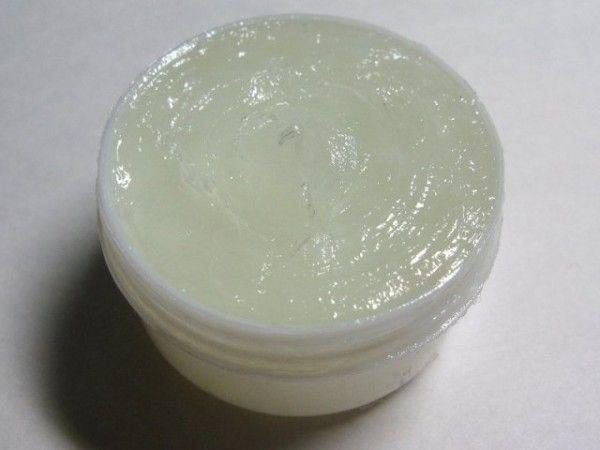
6. Viagra Viagra originally intended - treatment of angina. But when the pharmaceutical company Pfizer produces studied side effects, it is found that high blood pressure does not drop and the subjects displayed a great era * tion. So the company changed the genus tests and began to explore the era * tactile dysfunction and Viagra effects on her. In 1998, the Administration of Quality Supervision approved medication and since then many men began to celebrate life

7. Stainless Steel English metallurgist Harry Brearley was trying to create a fusion of stainless steel for the production of weapons. Stainless steel appeared when he mixed with 12.8% chromium 0.24% carbon. the resulting alloy was resistant even to acid of vinegar and lemon juice. Later, the inventor realized that the resulting alloy is ideal for cutlery, which were made of silver and carbon steel and gradually fell into disrepair due to corrosion.
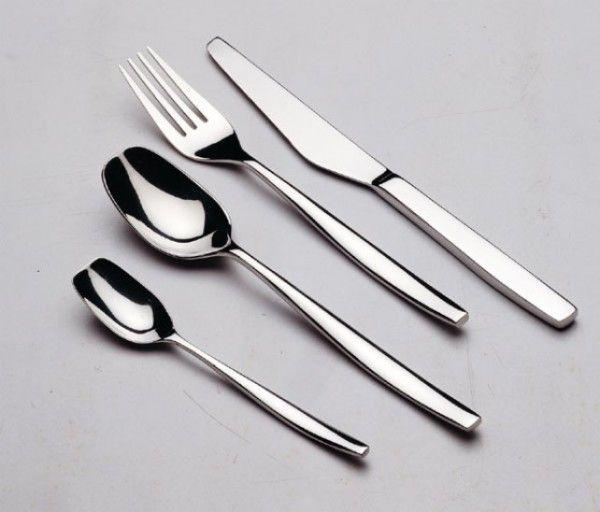
8. LSD d-lysergic acid was discovered by Swiss scientist Albert Hofmann, who was trying to create a drug relieves pain during childbirth. The resulting material was thought he was not remarkable, and he put it on the shelf. In 1943, while working with the material without gloves and accidentally received a large dose of a substance he realized the true properties of the compound. He felt "a continuous stream of fantastic pictures, extraordinary shapes with intense kaleidoscopic play of colors».

9. The teabag trader at the New York store that Thomas Sullivan decided to sell tea in silk bags will be much easier and tea sales skyrocketed. It turned out that buyers mistakenly omitted the full bags in boiling water, and they liked the result.

10. Microwave In 1946 Percy Spencer engineer tested the magnetron emits microwave radiation. During the tests the chocolate melted in his pocket. Percy suggested that this was due to the magnetron and placed near the instrument grain for popcorn. Received popcorn, Spencer decided to cook an egg, but it exploded. All this led him to believe that the low-frequency energy helps to quickly cook and a year later had the first microwave oven.
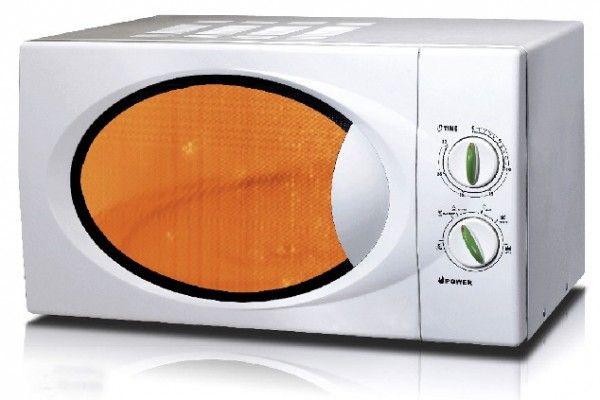

Superglue 1. In 1942 the American physicist Dr. Harry Coover was trying to separate the clear plastic for optical sights portable weapons. During the experiment, he worked with cyanoacrylate, which is tightly glued test materials. But only after 6 years, Dr. Coover realized the full potential of this substance, which does not need any pressure or heat. It was created as superglue. Interesting fact - during the Vietnam War superglue used to arrest bleeding in open wounds. That's how the invention which was to improve the weapons saved many lives.

2. Stickers American physicist Spencer Silver invented glue, self-adhesive sheets but notes were created by Arthur Fry. In 1968, Silver was trying to create the perfect glue for paper handling, which could hold the paper on the surface, but not much, to be able to remove the paper without tearing it. In addition, he had to be sticky for repeated use. True to the company where he worked Silver nobody was not interested. Until Arthur Fry did not use adhesive for bonding of bookmarks in the hymnal. It was he who suggested the use of a substance to create a reusable adhesive tabs. So the idea has gained popularity.

3. Inkjet printer, Canon engineer accidentally put a red-hot soldering iron on the handle. And when the ink flowed the idea to create an inkjet printer

4. Dynamite Dynamite opened Alfred Nobel. When he worked on nitroglycerin, he tried to make it more stable, to avoid accidental explosions. Bottle of substance fell to the floor, where there were many chips. Sawdust gave stability and a small bubble burst. Nobel improved the formula by adding silica to nitroglycerin. And there was dynamite.

5. Vaseline English chemist Robert Chesebrough in 1859 noted that many oil industry workers complain of a waxy substance - "wax" that accumulate in the pipes of oil pumps. Chezbro immediately took samples of the substance and began experimenting. It turned petroleum jelly perfectly heals wounds and cuts. Chemist gave him the name "jelly" - (it. »Wasser» - Water and Greek. «Elaion» - oil). The range of application of Vaseline at the time was wide - from carpet cleaning to cleanse the nose. The author is so believed in the miraculous powers of Vaseline that all his life he ate a spoonful a day. He died at 96 years old.

6. Viagra Viagra originally intended - treatment of angina. But when the pharmaceutical company Pfizer produces studied side effects, it is found that high blood pressure does not drop and the subjects displayed a great era * tion. So the company changed the genus tests and began to explore the era * tactile dysfunction and Viagra effects on her. In 1998, the Administration of Quality Supervision approved medication and since then many men began to celebrate life

7. Stainless Steel English metallurgist Harry Brearley was trying to create a fusion of stainless steel for the production of weapons. Stainless steel appeared when he mixed with 12.8% chromium 0.24% carbon. the resulting alloy was resistant even to acid of vinegar and lemon juice. Later, the inventor realized that the resulting alloy is ideal for cutlery, which were made of silver and carbon steel and gradually fell into disrepair due to corrosion.

8. LSD d-lysergic acid was discovered by Swiss scientist Albert Hofmann, who was trying to create a drug relieves pain during childbirth. The resulting material was thought he was not remarkable, and he put it on the shelf. In 1943, while working with the material without gloves and accidentally received a large dose of a substance he realized the true properties of the compound. He felt "a continuous stream of fantastic pictures, extraordinary shapes with intense kaleidoscopic play of colors».

9. The teabag trader at the New York store that Thomas Sullivan decided to sell tea in silk bags will be much easier and tea sales skyrocketed. It turned out that buyers mistakenly omitted the full bags in boiling water, and they liked the result.

10. Microwave In 1946 Percy Spencer engineer tested the magnetron emits microwave radiation. During the tests the chocolate melted in his pocket. Percy suggested that this was due to the magnetron and placed near the instrument grain for popcorn. Received popcorn, Spencer decided to cook an egg, but it exploded. All this led him to believe that the low-frequency energy helps to quickly cook and a year later had the first microwave oven.





